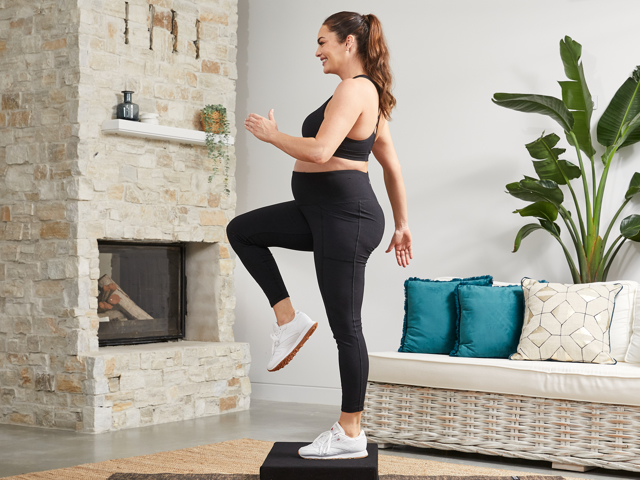In our fast-paced lives, squeezing in time for a rigorous home exercise routine has become increasingly common. The benefits of regular physical activity are well-documented, but what often goes unnoticed is the critical role that rest and recovery play in optimizing the effectiveness of your home workouts. In this article, we delve into the importance of incorporating adequate rest and recovery into your home exercise routine for overall well-being and optimal fitness results.
Understanding the Home Exercise Hype
The surge in popularity of home exercise can be attributed to various factors, including convenience, privacy, and the flexibility it offers. With the advent of virtual fitness classes and a plethora of online resources, more people are turning their living spaces into personal gyms. However, amidst the enthusiasm to achieve fitness goals, the significance of rest and recovery is frequently overlooked.
The Science Behind Rest and Recovery
When you engage in home exercise, whether it’s high-intensity interval training (HIIT), strength training, or yoga, your muscles undergo stress and microscopic damage. This is a natural part of the muscle-building process. However, for optimal results, adequate time must be allotted for rest and recovery.
Rest days allow your body to repair and strengthen itself. During rest, the muscles rebuild, and energy stores are replenished. Moreover, recovery is crucial for preventing overtraining, which can lead to fatigue, decreased performance, and an increased risk of injury.
Incorporating Rest into Your Routine
Rest doesn’t mean complete inactivity; rather, it involves a strategic approach to allow your body to recover efficiently. Consider incorporating the following practices into your home exercise routine:
1. Active Recovery:
- Engage in low-intensity activities like walking or swimming on rest days.
- Perform gentle stretching or yoga to improve flexibility and reduce muscle tension.
2. Sleep Quality:
- Prioritize quality sleep, as it is during sleep that your body releases growth hormone, crucial for muscle repair.
3. Hydration and Nutrition:
- Stay adequately hydrated to support overall bodily functions.
- Consume a balanced diet rich in protein, vitamins, and minerals to aid recovery.
The Role of Mental Well-being
Rest and recovery extend beyond the physical realm; they are integral to mental well-being. Home exercise often brings with it the pressure to meet fitness goals, and constant exertion can lead to burnout and mental fatigue. Taking rest days allows your mind to rejuvenate, enhancing your overall mental resilience.

Balancing Consistency and Recovery
While consistency is key to any successful home exercise routine, finding the right balance between activity and recovery is equally important. Overtraining can lead to diminishing returns and, in some cases, long-term damage. Listen to your body, and don’t hesitate to adjust your routine based on how you feel. If you are interested in learning more about the importance of rest and recovery in home exercise, get tips here to learn more.
Conclusion: Prioritize Your Well-being
In the pursuit of fitness goals through home exercise, it’s essential to view rest and recovery not as optional but as integral components of your routine. By doing so, you not only enhance your physical performance but also safeguard your mental well-being. Striking the right balance between activity and recovery is the key to a sustainable and effective home exercise regimen.





